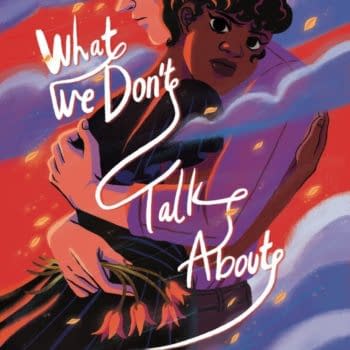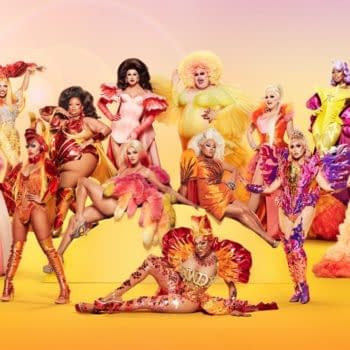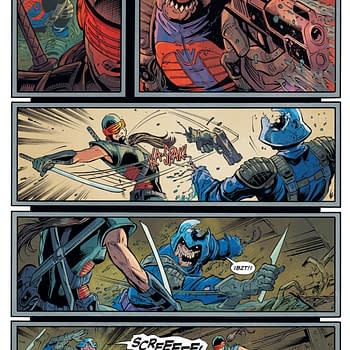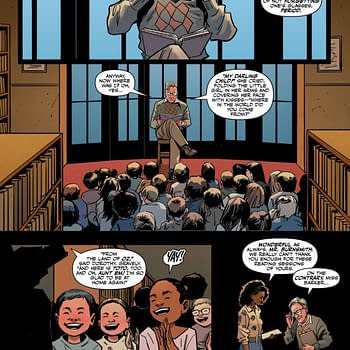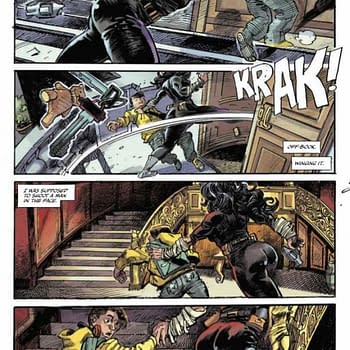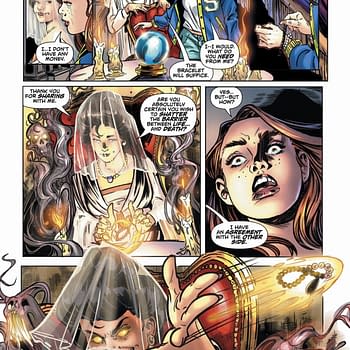Posted in: Comics, Vintage Paper | Tagged: Comics, comics & complication, racial stereotypes
Comics & Complication: Racial Stereotypes and Golden Legacy Comics
Physical exaggerations are nothing new to the comic book medium. Artists and creators utilize art as a way to create a narrative above and beyond the shortened text bubbles and portrayal of their comic book characters. While this gives their medium its life-form, it also leads to a simplified paradigm of what heroes, villains, and everyone in between should look like. Any generation can look to a titular character with herculean muscles or perfect hair as a higher example of what we should strive to be. Still, there is a darker past in comics when it comes to the depiction of marginalized ethnicities, races, racial stereotypes, genders, and lower socio-economic individuals.
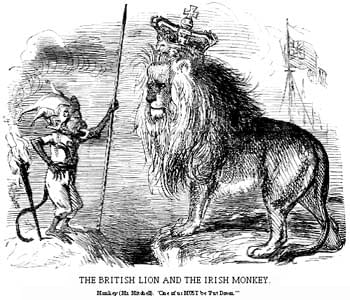
The Irish have long been depicted as ape-like brutes in English comics, with these images being infamously denoted as "the Irish monkey." Although this was a conscious effort to make the Irish seem less than human in comparison with their English counterparts, these animalistic juxtapositions are not unique to one group. In some collections such as Maus, these comparisons are utilized to show power imbalances between the Jewish people and Nazis at the time. In nefarious works, these are used to create an "other," where artists can create a separation from one group to play on a society's status quo of the times.
In fact, the examples of racism and racial stereotypes in comics towards people of color were often so clothed in stereotypes at the time that readers (children in particular) absorbed this content without question and adopted it into their everyday perceptions of this "other." One primary example, as noted by Fredrik Strömberg's Comic Art Propaganda, is Moon Mullins (by the late Fred Willard), who showed black characters in strictly servitude positions to the comic's white characters. These bumbling characters reflected not a reality, but what society thought of these people as a whole. Even Tintin's creator, Belgian artist Hergé, retroactively defended his portrayal of children in the Congo as a "story that was made in the spirit of the times."
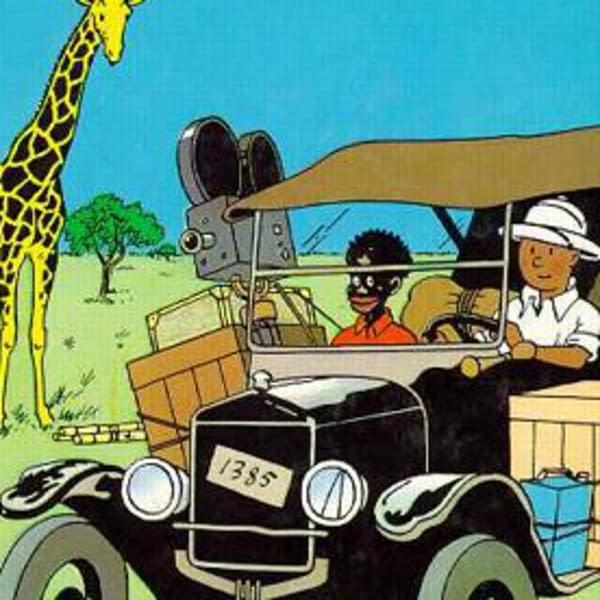
Not to tear down the comic book medium for its historical and problematic typecasts, there have been prominent movements in the industry to correct the wrongs of its predecessors. The most notable and earliest publisher to create content to celebrate and not compartmentalize black people at the time was called Golden Legacy, founded in 1966 by a man named Bertram A. Fitzgerald. In a surprising twist for Fitzgerald, he was able to get his newly created comics line sponsored by none other than the Coca-Cola Company, which helped his stories become a commercial success. Stories that told the life of Martin Luthor King and Jospeh Cinqu were finally available for the mainstream audience. Slowly, the subvert racism and racial stereotypes in comics began to shift towards a more positive and realistic message. Bringing this content to audiences who customarily perceived black people in pigeonholed roles coincided with the Civil Rights movement. They acted as a weapon against the supremacy that had such a stronghold in the 1960s.
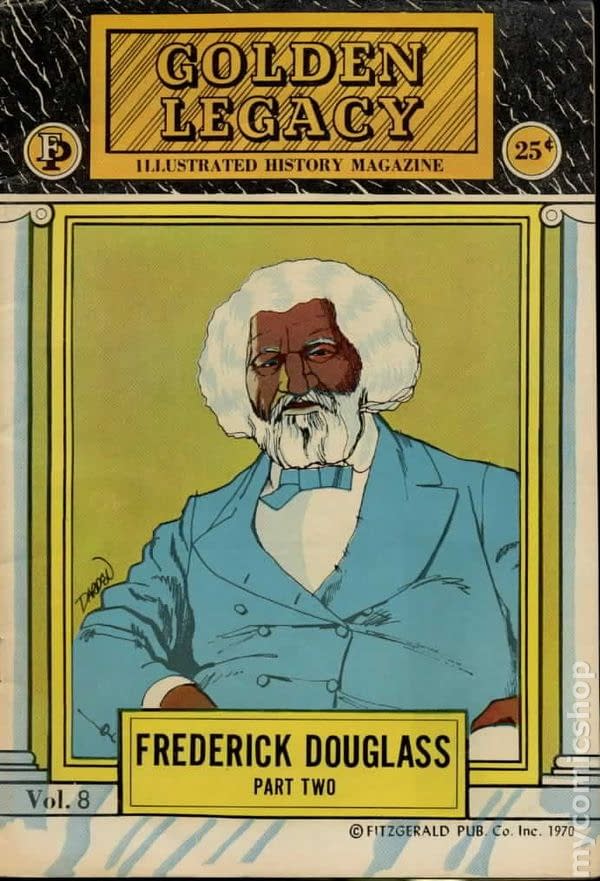
Even though the history of comics is problematic, these successes deserve to be highlighted and supported as part of the mainstream historical narrative. Golden Legacy had a short run (only sixteen issues), but more importantly, have stayed in print for decades…long surviving the troublesome releases that paved their way.


